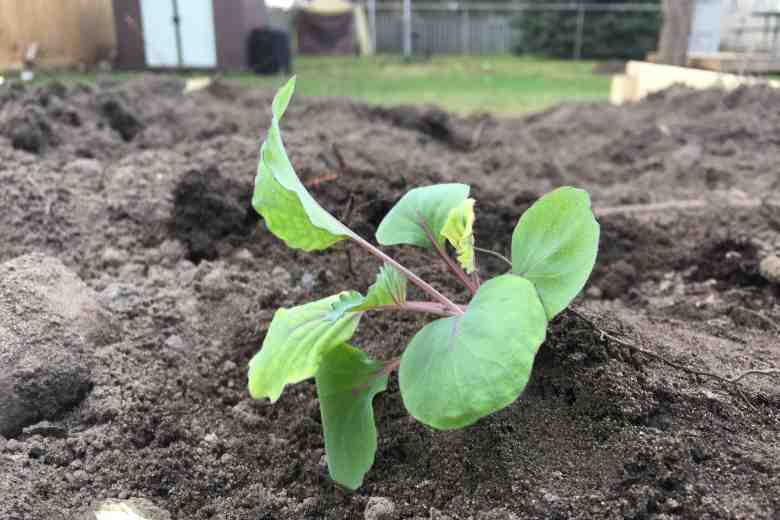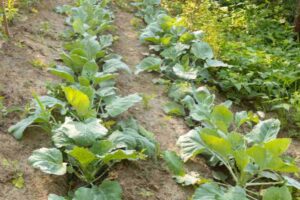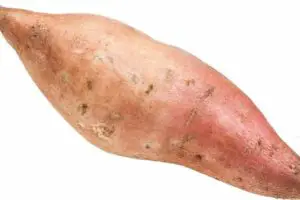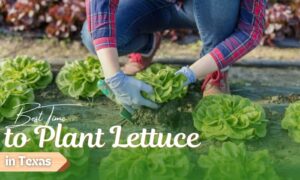
Transplanting cabbage seedlings is a great way to get a jump start on your cabbage growing season. Transplanting is the process of moving seedlings from a seed tray into individual pots or the garden. This allows the seedlings to grow in a larger, more suitable environment, which can yield better results in the long run.
Transplanting is simple, and with just a few tips, you can have healthy, vibrant cabbage plants ready to harvest in no time.
Choosing the Right Variety of Cabbage
Cabbage is an incredibly versatile vegetable and one of the most popular choices for home gardens. But with so many varieties to choose from, it can be tricky to select the perfect cabbage for your needs.
Whether you’re looking for a more flavorful variety for salads or something with a longer shelf life for storage, there’s a cabbage for you! Our blog post, “Choosing the Right Variety of Cabbage”, provides helpful tips and information to help you select the best cabbage for your needs.
From red to savoy, learn which cabbage types are best for cooking, storage, salads and more.
Get the lowdown on cabbage nutrition and learn interesting facts about this nutritious vegetable. Plus, get delicious recipes to get the most out of your cabbage!
Preparing the Garden Bed for Transplanting
Preparing the garden bed for transplanting is an important step in achieving a successful growing season. It’s essential to ensure the soil is loose and well aerated, and the garden bed is free of weeds and other debris.
To begin, remove any existing vegetation and weeds from the garden bed and dig out any large rocks or roots.
Next, use a spade or fork to loosen the soil, which will help the new plants to take root.
Finally, fertilize the soil and rake it to a smooth, even surface. With the garden bed ready, you’re now prepared to transplant your plants with confidence and success!
Planting the Cabbage Seedlings
Planting cabbage seedlings can be a rewarding experience, as you watch them grow into mature, leafy heads. Here’s a step-by-step guide to help you with the process:
1. Preparation of the Soil:
- Choose the Right Spot: Cabbage prefers full sunlight, but it can tolerate partial shade. Ensure the area gets at least 6 hours of sunlight daily.
- Soil Type: Cabbages prefer well-draining soil rich in organic matter. A pH level of 6.5 to 7.5 is ideal.
- Till the Soil: Turn over the soil to a depth of about 12 inches using a garden fork or tiller. This helps aerate it and allows roots to penetrate easily.
- Add Compost or Organic Matter: Mix in a good amount of well-rotted compost or manure to boost the fertility of the soil.
- Smooth Out: Use a rake to level the soil.
2. Spacing and Depth:
- Spacing Between Plants: Space the seedlings about 18 to 24 inches apart. This gives them room to grow and ensures good air circulation.
- Spacing Between Rows: Leave about 24 to 36 inches between rows to make it easier to walk between and tend to your plants.
- Planting Depth: Dig holes that are deep enough to accommodate the root ball of the seedling. The soil line of the seedling should be at the same depth as it was in its pot or cell.
3. Planting the Seedlings:
- Water the Seedlings: Before removing them from their containers, water the seedlings. This makes it easier to remove them without damaging the roots.
- Gently Remove: Tip the container upside down and gently squeeze or tap it to release the seedling. Be gentle to avoid damaging the roots.
- Planting: Place the seedling into the hole. Fill the hole with soil and gently press around the base of the seedling to eliminate air pockets.
4. Aftercare:
- Watering: Water the seedlings immediately after planting. Cabbages need consistent moisture, so water regularly, ensuring the soil remains moist but not soggy.
- Mulching: Add a 2-3 inch layer of organic mulch (like straw or leaves) around the seedlings. This helps retain moisture, suppress weeds, and regulate soil temperature.
- Fertilizing: Cabbages are heavy feeders. You can side-dress with a nitrogen-rich fertilizer a few weeks after planting and then once again midway through their growth.
- Pest Control: Watch out for pests like cabbage worms, aphids, and slugs. Use organic or chemical methods to control them based on your preference.
- Rotation: Avoid planting cabbages or other brassicas in the same spot year after year to prevent soil-borne diseases.

Potential Issues with Transplanting Cabbage Seedlings
Transplanting cabbage seedlings can be a tricky process, and can lead to a number of potential issues if not done correctly.
Transplant shock, an abrupt change in environment, can occur when seedlings are moved from a warm and protected environment, such as a greenhouse, to a cooler, more exposed space.
This shock can cause the seedlings to become stunted, wilted, and stressed, leading to weakened growth and a reduced harvest.
Additionally, seedlings can become infected with soil-borne diseases when transplanted, leading to bacterial and fungal diseases that can destroy the crop.
Finally, cabbage seedlings can also be attacked by pests, such as aphids and caterpillars, if not properly monitored. By being aware of these potential issues and taking the proper precautions, you can ensure a successful cabbage crop.
Harvesting Cabbage from Transplanted Seedlings
Harvesting cabbage from transplanted seedlings is an easy and rewarding gardening task. It is important to monitor the cabbage heads for maturity before harvesting them, as the heads need to be firm to ensure the best flavor and texture.
Once the cabbage heads are mature, it is important to cut them from the plant carefully, ensuring that the entire stem is removed.
After harvesting, it’s important to cool them quickly to retain their flavor and nutrients. With the proper care and attention, you will be rewarded with an abundance of sweet, crunchy cabbages to enjoy!
FAQs About the transplanting cabbage seedlings
How long does it take for cabbage seedlings to be ready for transplanting?
Answer: Cabbage seedlings typically take about 6 to 8 weeks to mature and be ready for transplanting.
What is the best time to transplant cabbage seedlings?
Answer: The best time to transplant cabbage seedlings is in the early morning or late evening when the sun is not at its hottest. This will help reduce transplant shock and ensure the seedlings have time to become established in their new home.
What kind of soil should I use when transplanting cabbage seedlings?
Answer: It is best to use a well-draining soil that is high in organic matter and nutrients. Adding some compost or aged manure to the soil can help improve its structure and nutrient content.
Conclusion
Transplanting cabbage seedlings is a great way to get a jump start on growing your own cabbage. It is an easy process that can be done in a few simple steps. When done correctly, it can increase the success rate of your cabbage crop and provide a healthy and delicious harvest. Transplanting cabbage seedlings is a great way to get a head start on your gardening and can lead to a bountiful harvest.







